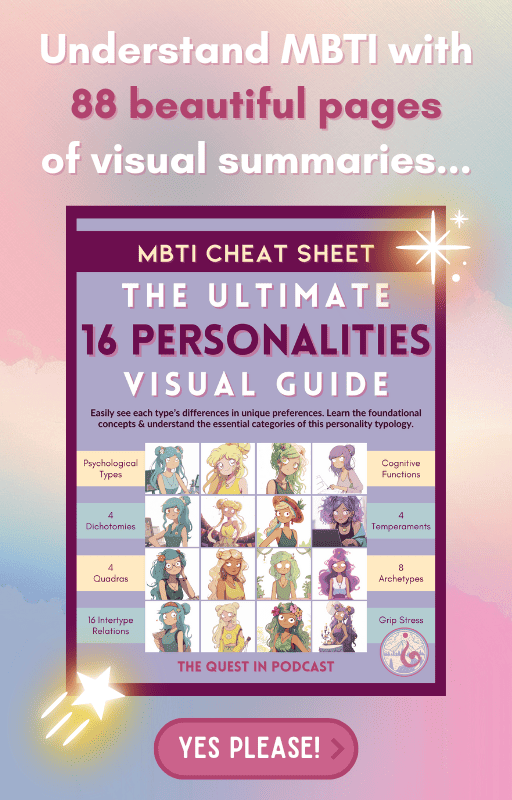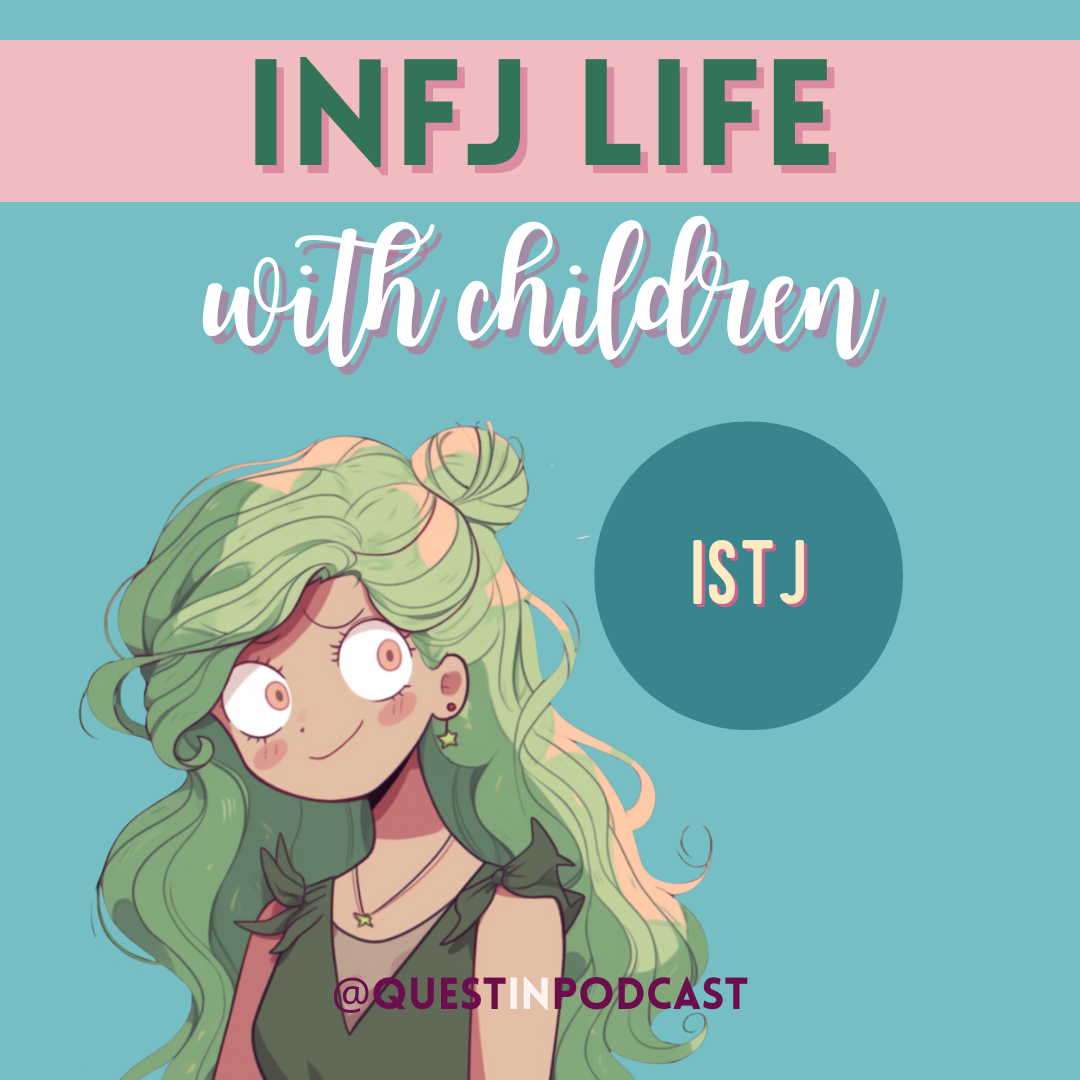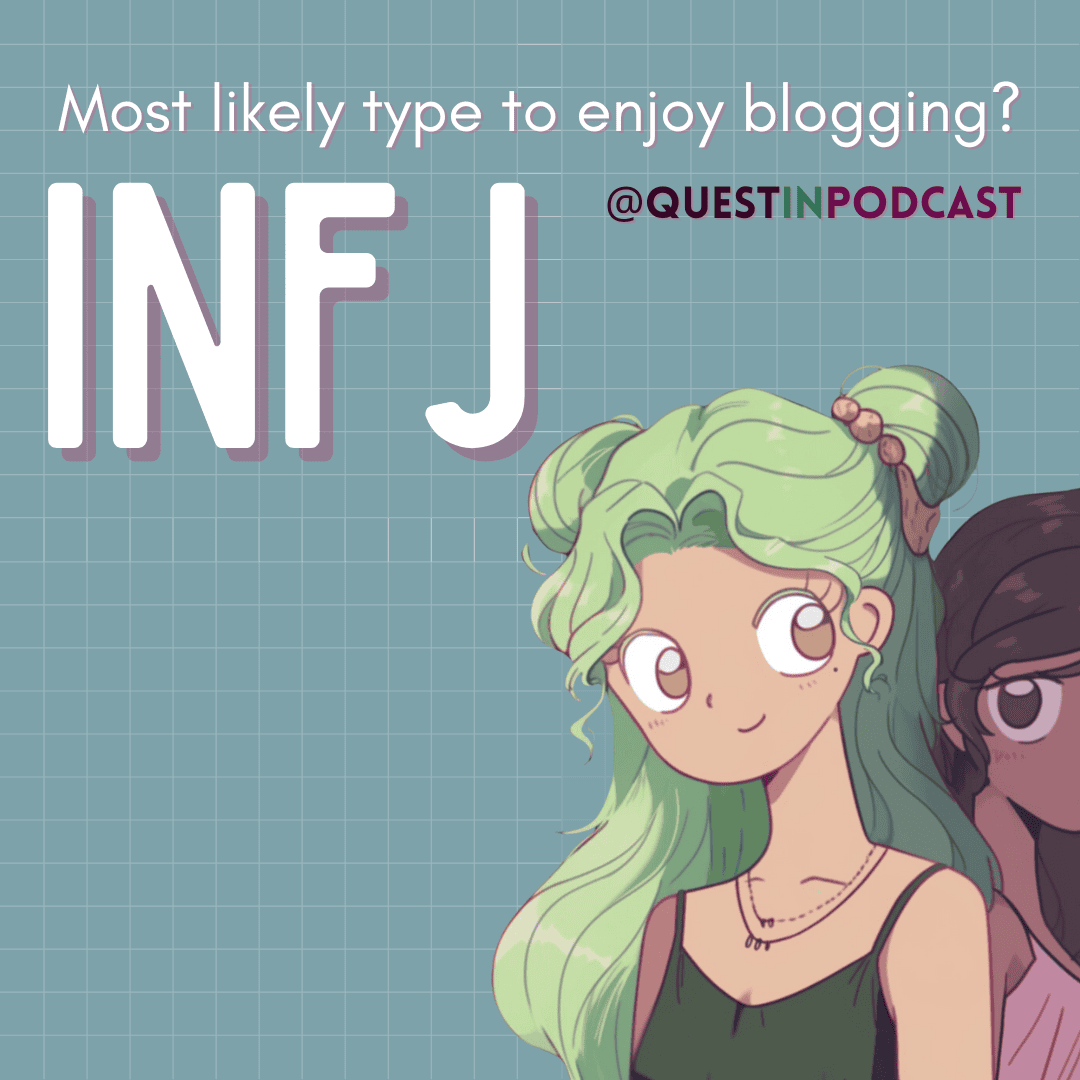
The Neuroscience of Perceiving Functions MBTI (Ni, Ne, Si, Se)
What is Sensing vs Intuition?
According to the MBTI (Myers Briggs Type Indicator), sensing and intuition refer to how people process information. Sensing primarily revolves around facts and information that can be observed through the five senses. Intuition preference centers around ideas, imagination, and abstract possibilities.
The four perceiving functions are Introverted Intuition (Ni), Extraverted Intuition (Ne), Introverted Sensing (Si), and Extraverted Sensing (Se). Both a sensing or intuition preference determine a person’s MBTI personality type, along with their preference for thinking or feeling.
Alright, let’s quest into the Neuroscience of the Perceiving Cognitive Functions. This information is my summary from reading Dr. Dario Nardi’s Neuroscience of Personality (2011).
I felt that it would be easiest to build a holistic understanding of the functions through comparisons of the perceiving functions.
Ni vs Ne
Introverted intuition (Ni) tends to be serious, while extraverted intuition (Ne) tends to be playful. If you’re laughing, you’re likely engaging in Ne.
Ni does best without external stimuli, while Ne appreciates a variety of sensory inputs for stimulation.
Ni hones in on a target with tunnel vision, while Ne is exploratory and doesn’t mind getting off-track.
Ni vs Si
Ni welcomes the unfamiliar. Si favors the familiar.
Introverted intuition (Ni) indulges in the unfamiliar future, while introverted sensing (Si) leans into the familiar past.
Ni-doms tap into a zen state of mind when tackling a novel problem and si-doms get into an expert flow state recalling memories.
Ni-doms are spectacular generalists, while si-doms are great specialists.
Ne vs Se
Ne is very energy-intensive for the brain, while Se is very energy-efficient.
Extraverted intuition (Ne) is a “Christmas tree” brain pattern, which reflects that the neocortex is active all over but out of sync. Ne is great at trans-contextual thinking and identifying relationships and patterns across situations. Ne is a “creative engine” and can be induced with word games and what-if questions.
Ne-types might be people with “some of the shortest attention spans.” The cost of free-flowing creativity is a propensity to get off-task or pursue contradictions that hinder goals. Ne-doms can get a creative high with fast responses that come to mind when exploring ideas but may also experience a sort of “creative hangover” afterward.
On the other hand, extraverted sensing (Se) is a “tennis hop” brain pattern that on EEG looks like an all-black or nearly black screen. This pattern is similar to a brain that is awake but unconscious, and the brain looks inactive as a whole.
However, this Se brain pattern is very effective in conserving energy and maintaining momentum to respond quickly to anything that arises. It is called a “tennis hop” as tennis players hop on their feet to stay ready to respond. All regions of the neocortex are on at a low amplitude, shifting frequencies constantly, and out of sync.
All types experience a “tennis hop” brain pattern when engaging in tactical action games. In the book, the game Mario Cart was a perfect example in which this pattern allows the brain to conserve resources while playing to maximize flexibility, take advantage of opportunities, and avoid obstacles.
Se-types tend to be more engaged when moving, even showing higher brain activity during a stretching break from sedentary work. As a result, Se-types are frequently bored. They are primed for action instead. Interestingly, Se-types easily go “in the zone” in a crisis situation and can quickly integrate sensory information to adaptively respond.
Si vs Se
Going back to the other sensing type, introverted sensing (Si) dominants show high brain activity revolving around their background training and work expertise. Si-doms are stimulated by activities that correspond to their specific experiences and previous training. They get “in the zone” when reviewing past events and are the best at recalling specific information and personal experiences with little context, especially kinship data like a person’s birthday.
Instead of frequent boredom like a Se-type, Si-types can remain focused with skill on a single activity they’ve practiced. They enjoy rote memorization, repetition, and in-depth reviews of daily events, which are all ways that they build new neural pathways in their brain.
Si-types thrive with step-by-step roadmaps, helpful guidance, and skillful role models, while Se-types prefer the freedom to test and learn through trial and error.
Ni & Se
A commonality I noticed is that both introverted intuition (Ni) and extraverted sensing (Se) have a trust in their unconscious thoughts and actions. The brain patterns for Ni and Se resemble relaxed and unconscious states respectively despite being fully awake and conscious.
Ne & Si
Comparatively, extraverted intuition (Ne) and introverted sensing (Si) brain patterns are active. All over activity for Ne-types and in specific brain regions related to a person’s specific area of expertise for Si-types.
How Each Dominant Perceiving Type Gets Into Flow
Ni-dominants: imagining the future
Ne-dominants: exploring patterns across contexts
Si-dominants: reviewing/recalling the past
Se-dominants: in crisis situations
Conclusion
By understanding how each type perceives the world, we can understand what timeline a person finds most engaging to explore. We all live in the present moment of course, but our minds can focus more on a different time perhaps.
Introverted sensors focus more than other types on the past, while extraverted sensors are the most adept at living in the flow of the present. Introverted intuitive types focus more than other types on pinpointing the future, while extroverted intuitive types love making a creative game of hypothesizing.
The nuanced differences in the perceiving functions are half the equation to understanding the 8 Jungian cognitive functions. In the future, I’ll write an article deep-diving into the judging functions of introverted thinking (Ti), extraverted thinking (Te), introverted feeling (Fi), and extraverted feeling (Fe).
A Sensing Person Compared to an Intuitive Person
Sensing people tend to appreciate all the details of the real world, while intuitive types are attracted to exploring future possibilities in the big picture.
A sensing person is present-oriented, likes hard facts, and prioritizes practical applications. They pay more attention to their concrete surroundings and do not focus too much on things outside of reality that can be observed with their five senses. Sensors are a majority of the population at around 70%.
An intuitive person loves to find patterns and create meaning from abstract ideas and abstract concepts. Their imagination makes connections to explain, analyze, and identify implications for building an in-depth understanding of the world.






